"¡Tirarlo a la calle!": D.C.'s Latino Festival of 1971
On August 1, 1971, as attendees walked through the brightly-colored and slightly cramped booths, the smell of freshly-made food, the sound of voices young, old, and everything in-between filled the park, and the sense that everyone here belonged followed them. The festival wasn’t as large as the ones that would follow, for sure, but what it offered to guests was overwhelming: a feeling of camaraderie and community. The vendors and many of the attendees had different accents, different cultures, and different histories, but in Kalorama Park, they all shared the joy of showcasing their countries’ traditions.
This was the Latino Festival of 1971, which would begin a long tradition of celebrating Latino culture in Washington, D.C.[1] In some ways, it had come together quickly, but was also an event that had been years in the making, as the growing Latino community of D.C. sought to increase its social, political, and cultural influence in the city. Indeed, in more ways than one, the display in Kalorama Park that day was an effort to be counted.
The U.S. Census, taken every ten years, is regarded by the general public as the basis for many of the demographic statistics of the United States. It “helps our communities determine where to build everything from schools to supermarkets, and from homes to hospitals.” In addition, it “helps the government decide how to distribute funds and assistance to states and localities”[2] and is responsible for how people see the make-up of the American population.
But when the 1970 data was released, the Census reported that less than 20,000 Hispanic and Latino people lived in D.C.. According to community organizers, that number was not only short of the actual total, it wasn’t even close. They argued that the severe undercounting was the result of oversight in terms of bilingual options for Census-takers, as well as issues with counting undocumented immigrants who lived in the District.[3] While some of the Latino people living in D.C. were not full citizens, they still lived in the city and needed access to the programs and funding that the Census data recorded.
Local residents became determined to show both the Census and the city that their neighborhoods boasted much higher numbers than had been reported. Indeed, over the preceding decades D.C. had seen a notable uptick in both the number of Latino immigrants coming to the city, and the places they came from. In the 1950s, Puerto Rican and Cuban immigrants -- many of whom were government workers (who also brought their domestic and administrative staff with them) -- had made up the majority of the Latino population in D.C.. These initial populations were semi-homogenous in terms of socioeconomic status – middle-class workers and domestic staff.[4]
In the 1960s, with rising tensions of the Cold War and political fallout throughout Latin America, thousands of immigrants from a number of different Latin American countries flocked to Washington, D.C., increasing not only its diversity but also the socioeconomic statuses of those entering the country. Throughout the decade, D.C. gradually became one of the most diverse cities in terms of its Hispanic and Latino population, in addition to the growing populations that moved to the Virginia suburbs.
In D.C., Mount Pleasant, Adams Morgan, and Columbia Heights became the center of the developing Latino community, but the process of making a life in Washington was challenging. When they arrived, most immigrants could not read or speak English, and struggled with finding adequate health care, housing, education, and employment.[5] As Carlos Rosario head of the D.C. Government’s Spanish Speaking Advisory Committee told the Washington Post in the early 1970s, “We are the most complex problem here in Washington. Most of our people are not citizens. They have no political power. They can’t get jobs. Many of them are afraid to go out in the street.”[6]
For Rosario and other community leaders, going to the streets was exactly what the community needed to do in order to make an impression. As Olivia Cadaval, folklorist and chair in the Cultural Research and Education at the Smithsonian Center for Folklife and Cultural Heritage recalled, the first Latino Festival in 1971 “was a strategy to demonstrate how many people were here…. Let the press count us.”[7] At the same time, it was an opportunity to showcase and celebrate not only the overarching demographic of ‘Latino’, but also the many different cultures of those that identified with the term.
The District Government had created the Office of Latino Affairs in 1969 and put on a Spanish Heritage Day event in 1970, but the community itself took a much larger role for the 1971 Festival. Rosario, who had immigrated to Washington from Puerto Rico in the early 1950s, took a leading role in mobilizing the community and, as Arturo Griffiths remembered, many of the other Latino youth in the community were ready to aid organizers to get the Festival off the ground. “The entire [Latin American Youth] center went there to participate in the Festival and lift up chairs and whatever, do all kinds of different things.”[8]
On the weekend of the festival, a colorful parade of groups representing various countries marched from Mount Pleasant to Kalorama Park, which was filled with “kioskos” highlighting a wide variety of foods, crafts, and demonstrations. As the Washington Post noted, “one could buy Sopa paraguaya ceviche (a fish salad) from Peru, rice and beans from Puerto Rico, and fried bananas in French fries bags from Cuba. Most of the food was home cooked.”[9] Gloria Barbet, a Panamanian woman who participated with her 3-year-old daughter, recognized the significance of the occasion. “This is about the only time that the Spanish community can all get together.”[10]
The kioskos not only introduced attendees to the foods, crafts, and other products that they offered, but also gave Latino residents the opportunity to speak with people directly about their community and culture. While waiting for their food to cook, crafts to be finished, or demonstrations in progress, being able to have a conversation made the festival that much more personal and intimate with those both inside and outside the Latino community.[11]
Arturo Griffiths recalled that the first Festival was even more than a coming together of the Spanish communities from other parts of the world; it was a connection with the new city they shared:
“The Festival was a project that enriched our consciousness about the city and about what we are as a community [in] Washington, D.C. That helped us build our life in Washington, DC…. We come from countries where those things happen regularly. But in Washington it was not something that happened regularly, so we were like the pioneers of those types of events in DC.”[12]
The Festival’s success was apparent to those outside of Latino community as well. In the weeks following the event, the Evening Star printed a letter from an observer named Ted Manzano. He celebrated the Festival events as “reminders that the American ideology of democracy is still alive...these people come from many countries where the freedom which we take for granted is still unknown.”[13] While his interpretation turned the Festival into an example of the American Dream, the positive reaction suggests that many had taken notice of the event and were excited to see where it progressed.
The immediate success of the 1971 Festival and continued support by many in the D.C. Latino community propelled the festival towards permanency, and since that first year, the festival has become an annual occasion in Washington – and a vital tool for fostering new generations of Latino leaders. Local residents continue to vote for the next president of the festival each year, along with committees that help to manage and plan for all of the festivities.
As Olivia Cadaval and Rick Reinhard explained in the Fall 1992 edition of Washington History, “The festival emerged partly in response to the undercount of Washington’s Latinos by the 1970 census. It has since evolved in an annual event perceived by many outsiders as just another ethnic festival…. Given the diversity of Washington’s Latino community, however, the festival represents a much more complicated phenomenon than commonly understood. It is a vehicle for negotiating differences among Latinos as well as a proving ground for community leadership.”[14]
While the event has definitely evolved since the first kioskos graced Kalorama Park, the motivation has remained the same. Sharing culture and bringing people from around the world together to celebrate diverse heritages has anchored the festival through name, location, and date changes, the yearly leadership elections, and much more. Now named Fiesta DC, its festivities are some of the largest and most diverse in the country, and we all have front-row seats living in the DMV. ¡Tirarlo a la calle, DC!
Author’s note: For the purposes of this article, the term ‘Latino’ is used (rather than the contemporary forms of Latinx or Latine) to retain the historical use of the term in the time period discussed. Additionally, ‘Latino’ is used here over ‘Hispanic’ because while many of the nations represented in the Festival are Spanish-speaking, this is not true for all. ‘Latino’ refers to people originating from Latin America; ‘Hispanic’ refers to those who use the Spanish language. These terms are not definitive and are ‘living’, but for this article, using ‘Latino’ is more apt to describe the populations detailed.
Footnotes
- ^ Note: in many cases, newspaper articles written about the Latino Festival interchange using the terms ‘Hispanic’, ‘Spanish’, ‘Latin’, and others, but all refer to the same event.
- ^ “What We Do,” United States Census Bureau, accessed 18 May 2022. https://www.census.gov/about/what.html
- ^ Olivia Cadaval, “The Hispano-American Festival and the Latino Community: Creating an identity in the Nation’s Capital,” (doctorate thesis, The George Washington University, 1989), 31.
- ^ Olivia Cadaval and Rick Reinhard, “‘Tirarlo a la Calle/Taking it to the Streets’: The Latino Festival and the Making of Community,” Washington History 4, no. 2 (1992): 42-3. http://www.jstor.org/stable/40073069
- ^ “Latin Residents tell City Council of Troubles,” Evening Star, (Washington, D.C.), 28 January 1970. https://infoweb-newsbank-com.dclibrary.idm.oclc.org/apps/news/document-view?p=WORLDNEWS&t=pubname%3A13D5DA85AE05A305%21Evening%2BStar&sort=YMD_date%3AA&fld-base-0=alltext&maxresults=20&val-base-0=%22Carlos%20Rosario%22&docref=image/v2%3A13D5DA85AE05A305%40EANX-NB-14DFDD5AA4A82921%402440615-14DF3EFE353DA47D%4025-14DF3EFE353DA47D%40
- ^ Medsger, Betty, “Latins Form Largest Immigrant Group,” Washington Post, 4 December 1972.
- ^ Kampe, Adam “Vamos a la Calle!” NEA Arts Magazine, 2010, no 2. https://www.arts.gov/stories/magazine/2010/2/arts-capital/vamos-la-calle
- ^ Arturo Griffiths, interview by Annette Raveneau, DigDC: DC Public Library, 28 July 2020, 5. https://digdc.dclibrary.org/islandora/object/dcplislandora%3A297066?solr_nav%5Bid%5D=a50ecbae2a76bf9c6726&solr_nav%5Bpage%5D=0&solr_nav%5Boffset%5D=1
- ^ Jacobson, Aileen, “Spanish Festival,” Washington Post, 2 Aug 1971: B2.
- ^ Jacobson, Aileen, “Spanish Festival,” Washington Post, 2 Aug 1971: B2.
- ^ Olivia Cadaval and Rick Reinhard, “‘Tirarlo a la Calle/Taking it to the Streets’: The Latino Festival and the Making of Community,” Washington History 4, no. 2 (1992). http://www.jstor.org/stable/40073069
- ^ Arturo Griffiths, interview by Annette Raveneau, DigDC: DC Public Library, 28 July 2020, 5. https://digdc.dclibrary.org/islandora/object/dcplislandora%3A297066?solr_nav%5Bid%5D=a50ecbae2a76bf9c6726&solr_nav%5Bpage%5D=0&solr_nav%5Boffset%5D=1
- ^ Ted Manzano, "A New Type of Demonstration," Washington Evening Star (Washington, D.C.), 25 August 1971. https://infoweb-newsbank-com.dclibrary.idm.oclc.org/apps/news/document-…
- ^ Olivia Cadaval and Rick Reinhard, “‘Tirarlo a la Calle/Taking it to the Streets’: The Latino Festival and the Making of Community,” Washington History 4, no. 2 (1992): 42-3. http://www.jstor.org/stable/40073069


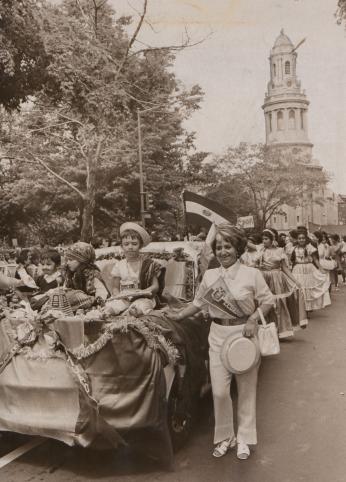
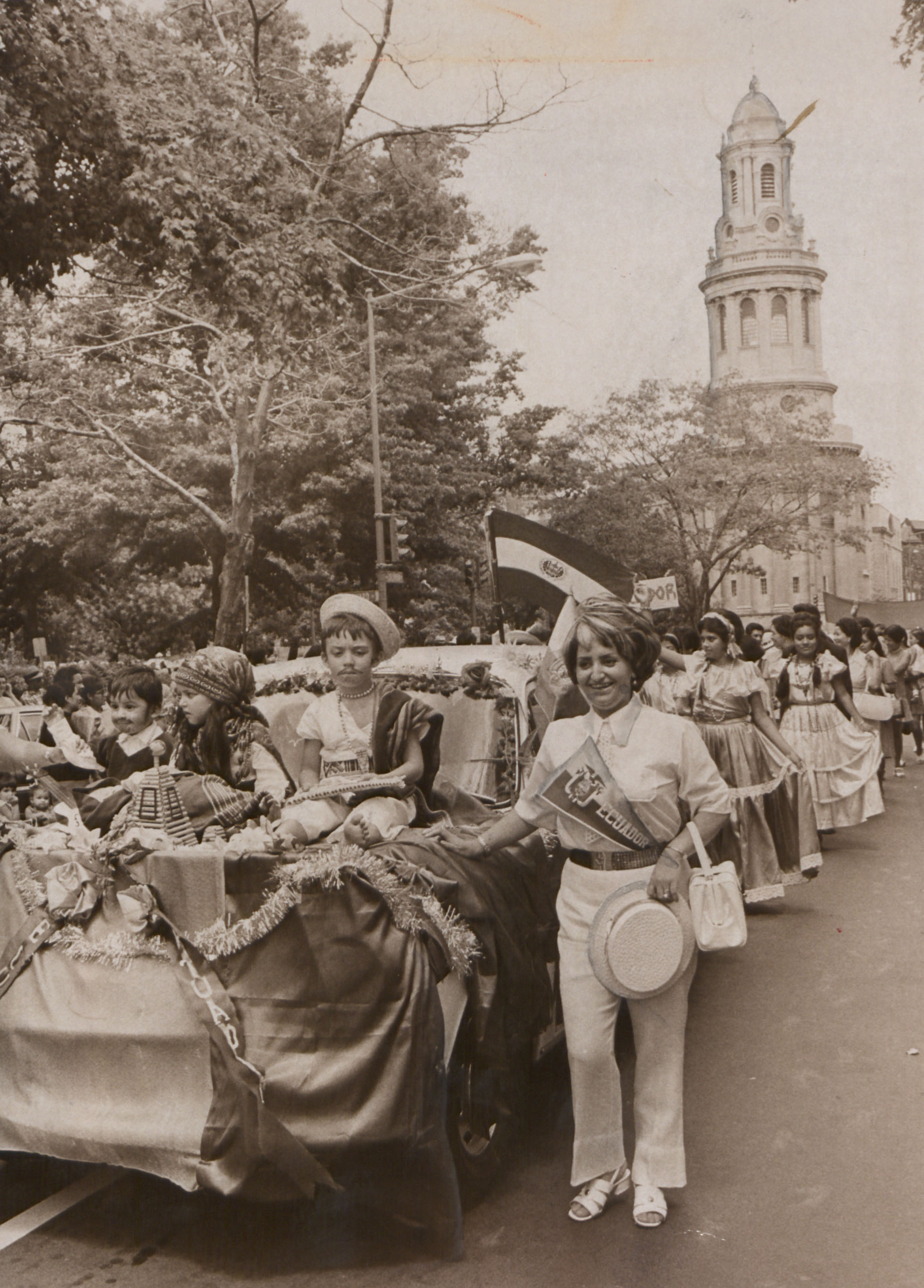
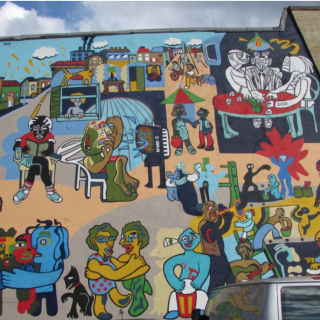
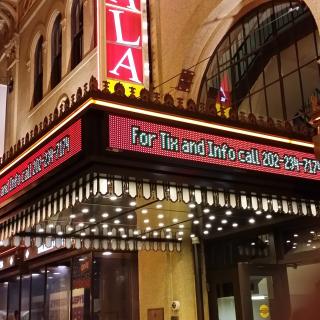
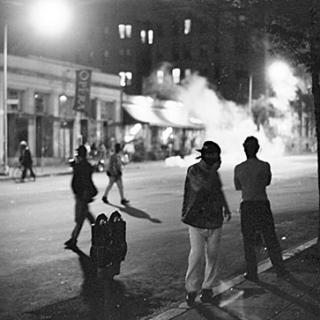
![Sketch of the mythical fuan by Pearson Scott Foresman. [Source: Wikipedia]](/sites/default/files/styles/crop_320x320/public/2023-10/Goatman_Wikipedia_Faun_2_%28PSF%29.png?h=64a074ff&itok=C9Qh-PE1)












